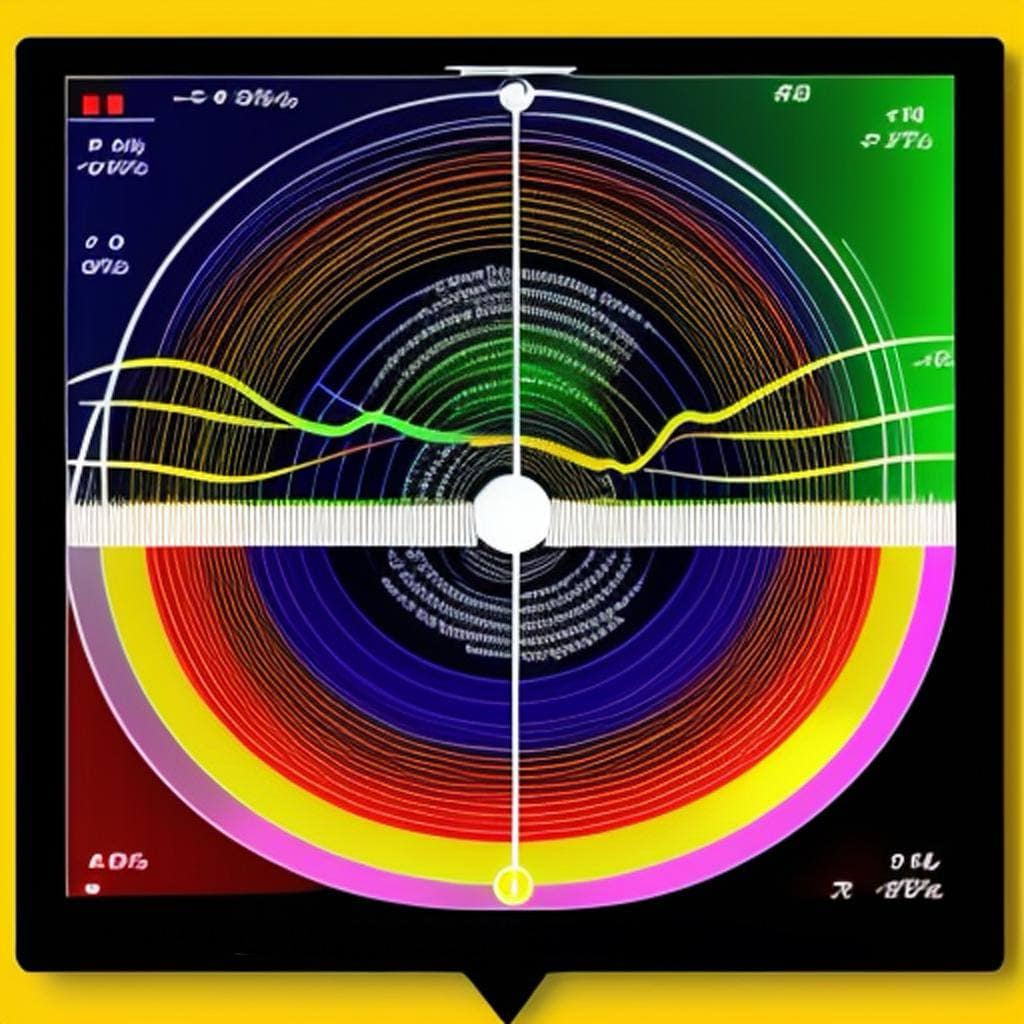
Local real time and biorhythms
Local time refers to the time specific to a particular geographic location or timezone. It’s calculated based on the mean solar time at a specific longitude, which used to be a common practice before the adoption of standard time zones. Nowadays, local time typically refers to the standard time in the time zone in which a location is situated.
Here are some key points regarding local time:
- Standardized Time Zones: To simplify time-keeping, the world is divided into different time zones, each usually one hour ahead or behind its neighboring time zones. Local time adheres to these standardized zones.
- Adjustment for Daylight Saving Time (DST): In regions that observe daylight saving time, the local time will be adjusted forward in the spring and backward in the fall.
- Determined by Longitude: Traditionally, local time was determined based on the longitude of a location, with the sun being at its highest point in the sky at noon.
- Use in Scheduling: Local time is crucial for scheduling activities, appointments, and events in a specific location to ensure that everyone is synchronized.
By understanding the local time of different regions, individuals and organizations can coordinate activities across different time zones.
Table comparing the key points of Local Time, Standardized Time Zones, and Traditional Time based on Longitude
| Aspect | Local Time | Standardized Time Zones | Traditional Time based on Longitude |
| Definition | The time specific to a particular geographic location or timezone. | Divides the world into different zones, each usually one hour ahead or behind its neighbors. | Time determined based on the longitude of a location, with noon when the sun is at its highest point. |
| Basis | Standard time in a specific timezone. | Coordinated Universal Time (UTC) with adjustments for local variations. | Solar time based on the position of the sun. |
| Daylight Saving Time | Adjusted for in regions that observe DST. | Adjusted for in regions that observe DST. | Not adjusted for DST; purely based on solar time. |
| Use in Modern Scheduling | Crucial for coordinating activities, appointments, and events. | Used to standardize time across different regions for scheduling and coordination. | Rarely used in modern scheduling due to the adoption of standardized time zones. |
| Adjustment | Usually follows standardized time zones but can have unique adjustments (e.g., half-hour or quarter-hour offsets). | Standard hourly offsets from UTC, with some exceptions like half-hour or quarter-hour offsets. | No standard adjustments; time varies continuously with longitude. |
This table should provide a clear comparison of Local Time, Standardized Time Zones, and Traditional Time based on Longitude, highlighting their definitions, basis, adjustments for Daylight Saving Time, use in modern scheduling, and any adjustments they may have.
Which one is best for human biorhythms
The concept of what is best for human biorhythms can be quite complex, as it intertwines with natural circadian rhythms, which are the physical, mental, and behavioral changes that follow a daily cycle, responding primarily to light and darkness in the environment. Here’s a breakdown of how each time-keeping method could interact with human biorhythms:
Traditional Time based on Longitude (Solar Time):
More Natural: This method is aligned with the natural solar cycle, which our circadian rhythms are inherently tuned to. It promotes waking, eating, working, and sleeping in sync with the daylight hours, which can be beneficial for our health and well-being.
Individual Adaptation: It allows for a natural adaptation to the local solar cycle, which could potentially promote better sleep, mood, and overall health.
Standardized Time Zones:
Uniformity: Standardized time zones create uniformity which is essential for modern societal functioning, but they can be out of sync with the solar cycle, especially near the edges of time zones.
Disruption of Circadian Rhythms: Living and working according to a standardized time that is significantly misaligned with the natural solar cycle can potentially disrupt circadian rhythms, which may lead to health issues like sleep disorders.
Local Time (as a blend of both):
Flexibility: Local time, especially when it has unique adjustments (e.g., half-hour or quarter-hour offsets), can provide a balance between societal needs for standardization and individual circadian rhythms.
Regional Adaptation: It can allow for a closer alignment with the natural solar cycle while maintaining a level of standardization necessary for modern life.
In summary, traditional time based on longitude may be the most naturally aligned with human biorhythms due to its adherence to the solar cycle. However, the uniformity provided by standardized time zones is crucial for modern societal functioning, despite potential circadian rhythm disruptions. Local time can offer a balance, allowing for some regional adaptation to the natural solar cycle while maintaining necessary standardization. Each method has its merits and challenges, and the choice among them would depend on various factors including geographical, societal, and individual considerations.
Shop Corner
Biorhythm on Amazon
Thank you for reading, comments and shares!
Crafted with chatGPT Language Models and Picsart
Create your own website
And learn how to monetize it
Heads up! If you’re looking to join Wealthy Affiliate, make sure you sign up using my referral link to get access to my personal coaching and all WA features."







